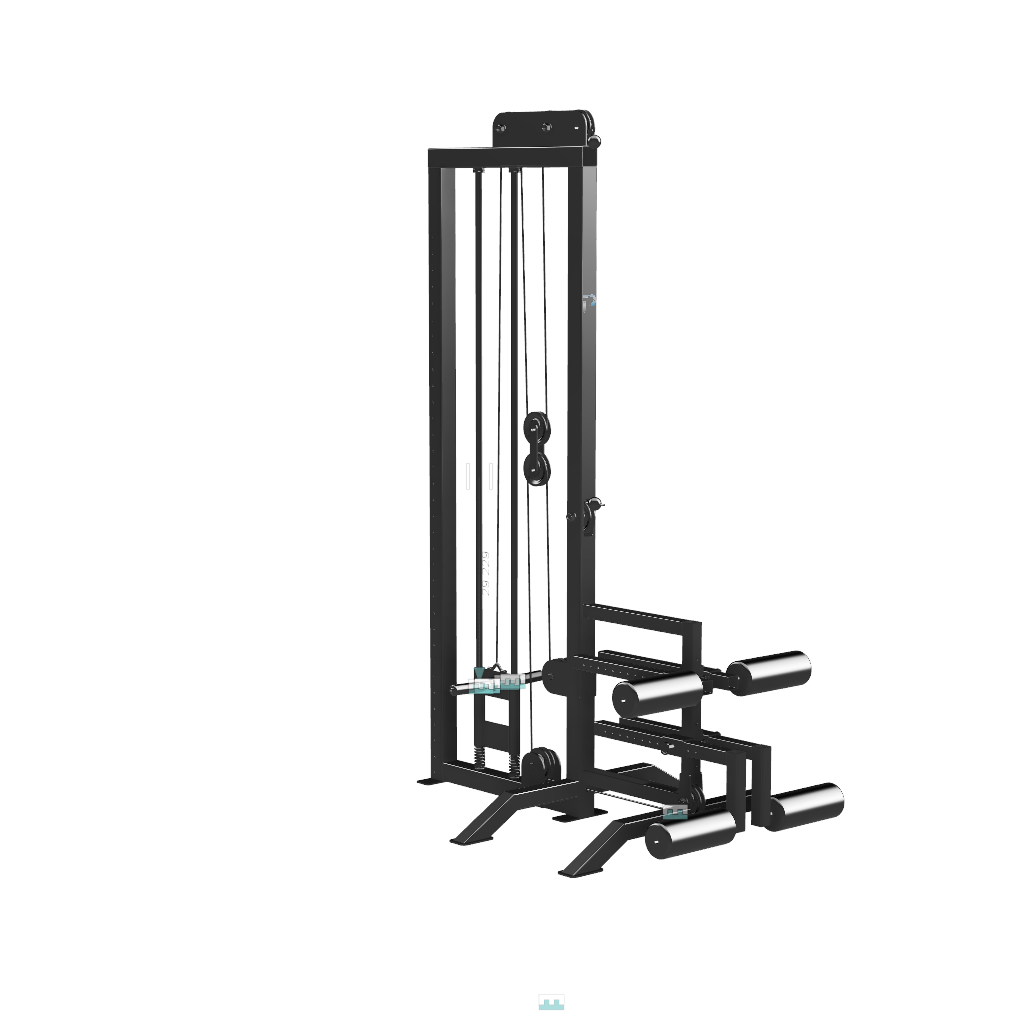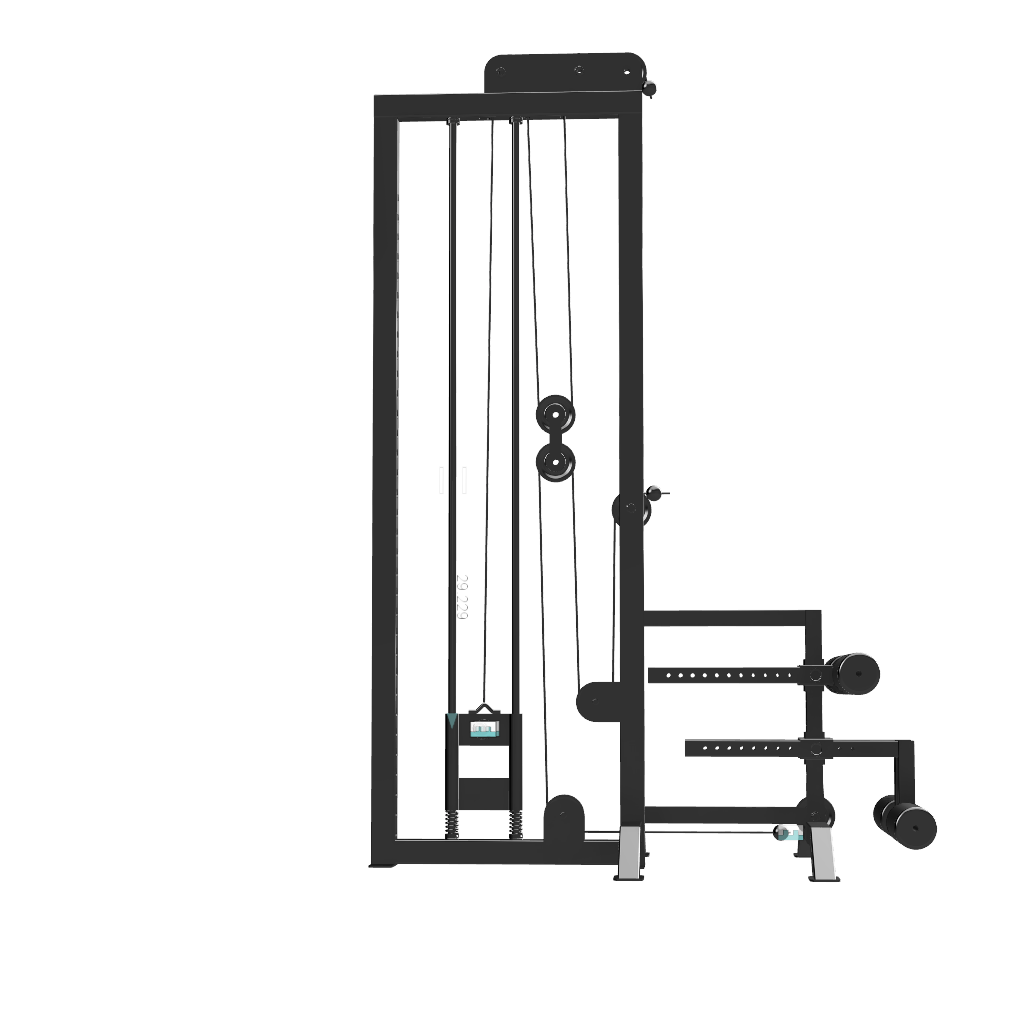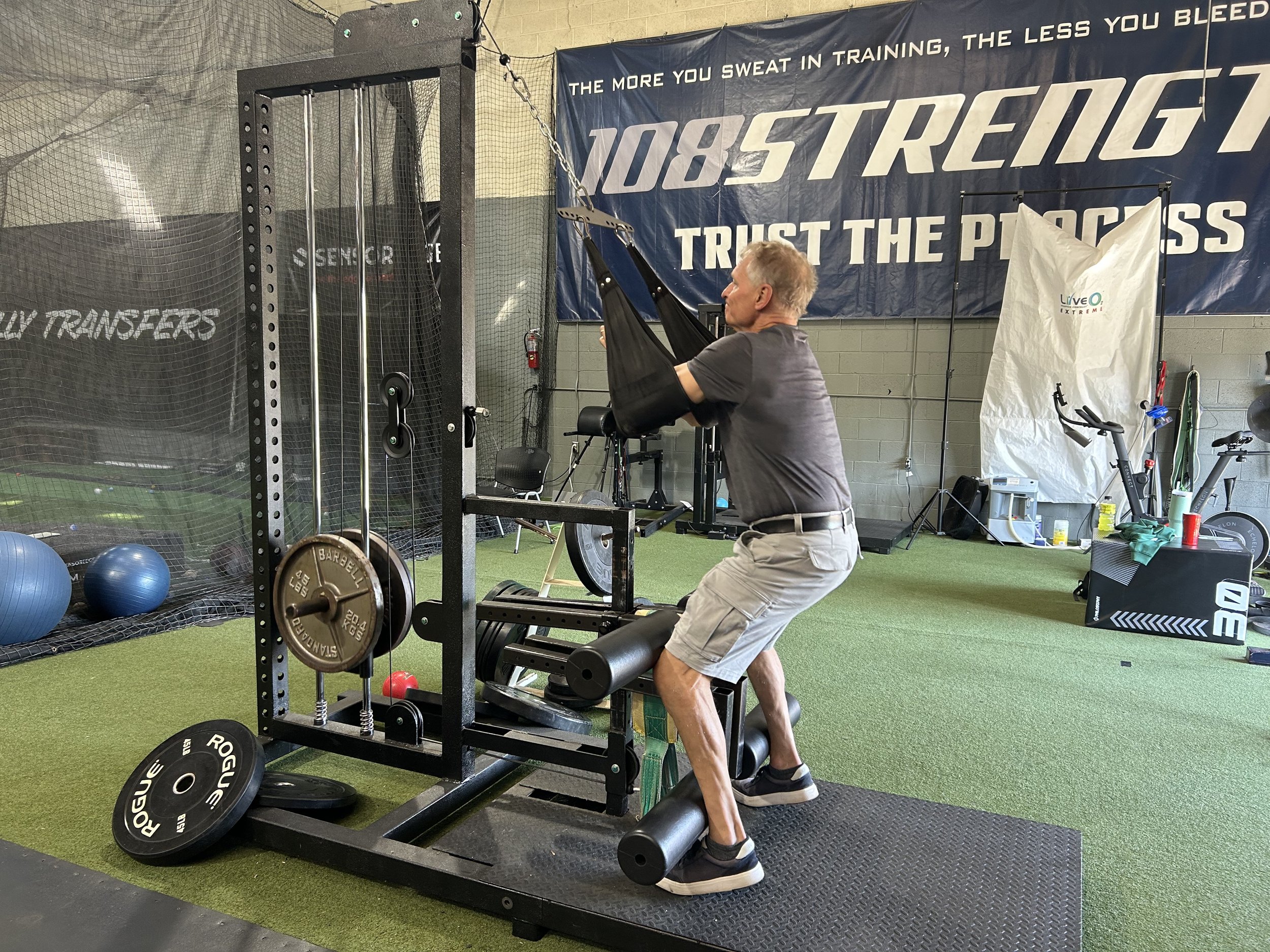 Image 1 of 3
Image 1 of 3

 Image 2 of 3
Image 2 of 3

 Image 3 of 3
Image 3 of 3




Ground B.U.L.L. (Patent Pending)
Ground B.U.L.L.
Ground
B.ased
U.pper body and
L.ower body
L.everaged strength training system
Ground B.U.L.L.
Ground
B.ased
U.pper body and
L.ower body
L.everaged strength training system
Ground B.U.L.L.
Ground
B.ased
U.pper body and
L.ower body
L.everaged strength training system
Every great once in awhile, we get B.U.L.L.ed over by a new innovative athletic performance development. “Why didn’t someone come up with this 30 years ago?”
The breakthrough here is the reverse squatting. But just an aside, why - when doing an upper body lat pulldown - would you want to sit on your behind on a padded seat with knees fixed under rollers for leverage, when you can get the same leverage effect standing on the Ground B.U.L.L.? And be able to pull the same amount of weight regardless of sitting or standing. But training the entire posterior chain on the Ground B.U.L.L. while standing. Enough said. A no-brainer after a little thought.
There is always discussion about regular squatting tightening hip flexors or strengthening them and the need to go deep to better engage hamstrings and glutes. Keep in mind that when running, cutting and just plain walking, as one’s feet come into contact with the ground, the glutes and hamstrings fire immediately. In a regular squat, they engage in a deep stance that is never employed in running, cutting, and walking. As you force your hips down to jump, again, the glutes and hamstrings fire immediately. When performing a reverse squat, you immediately force your hips down and the glutes and hams engage immediately as they do in running, jumping, and cutting.
This reverse squat is ground based training, closed kinetic chain training, performed with your feet on the ground. The opposite movement pattern of a regular squat with the same hip, knee, and ankle flexion in the same compound movement of a regular squat. Before the Ground B.U.L.L., training has been limited to using your hips to apply force off the ground (squat, deadlift, etc.) The missing element of training, not provided by non-ground based and isolation movements of leg curls, glutes ham raises, hip thrusts, glutes bridges, etc., is applying force with your hips downward into the ground.
The reverse squat engages the glutes and hams immediately and simultaneously to allow you to become much more hip-glute and hip-hamstring dominant, rather than knee-quadriceps dominant. Back to the question of hip flexors tightening and shortening after performing a regular squat. If a regular squat does shorten the hip flexors, a reverse squat will counter that. Users after just a few workouts and doing no conventional leg stretching at all will see their hip flexors gain an average of four inches when doing a straight leg split and the same four inches on a basic standing hamstring stretch. Another benefit is back decompression. Similar to a decompression table where your upper body is pulled one way and your lower body pulled the other way, on a reverse squat your hips are pulling your lower body down, while the weight resistance is pulling your body up.
The reverse squat allows the user to feel like their glutes and hamstrings are acting as shock absorbers for their knees. Users say, “everything in my legs feel more connected.” “Besides running faster, I feel smoother.” “I jump higher and don’t have to bend my knees as much.” “I cut better without bending my knees as much.” “The next day my legs feel fresher and more recovered.”